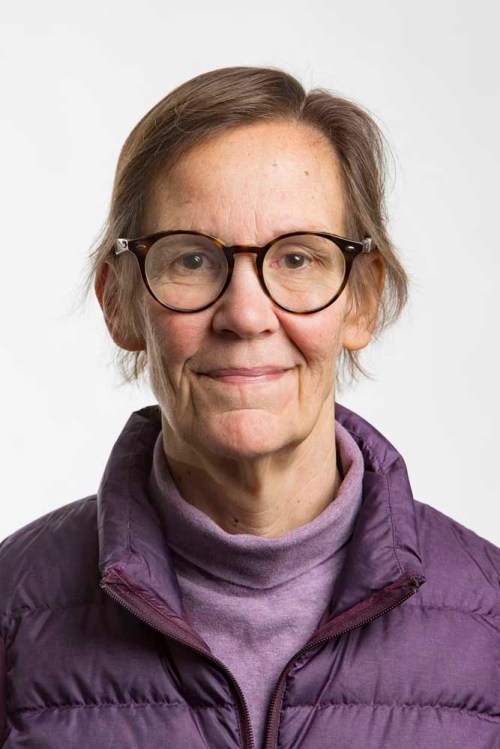Past and prologue: The German landmark overlooked by tourists
Published 6:00 am Thursday, January 13, 2022
If you love history and culture and fine things, there are few cities more attractive than Berlin, the heart of Europe.
You can roam the estate of Frederick the Great, sample the city’s unparalleled museum scene and inspect Berlin’s Cold War sites — the remnants of the Berlin Wall, the Bridge of Spies and Cecilienhof, the palace where the Potsdam conference took place. The best high-end shopping and food await on the Ku’Damm, Berlin’s Fifth Avenue. And this January in particular, 80 years on, it is worth recalling a landmark that visitors might miss: Wannsee, where Nazi bigwigs planned the murder of the European Jews.
Nazi Germany’s leadership was obsessed with race and space. Its leader, Adolf Hitler, believed Nazi Germany’s destiny lay in expansion. A virulent anti-Semite, he intended to purge the lands his armies conquered of what he considered racial “undesirables.” This process began in Germany when the Nazi party took power.
A 1933 boycott of Jewish-owned shops preceded the firing of Jewish civil servants and the expulsion of Jewish students from schools and universities. The 1935 Nuremberg Laws effectively stripped German Jews of their citizenship. The anti-Jewish campaign escalated in 1938, with countrywide state-orchestrated attacks on synagogues. The point was to force Jewish residents to leave Germany, but relatively few did. The price of an exit visa was prohibitively high, and few countries admitted refugees in the depression-plagued 1930s.
The Nazis’ ensuing conquests in both western and eastern Europe and the Soviet Union presented a problem — every European country had a Jewish community, so the population of Jews under Nazi jurisdiction was increasing rather than decreasing. In the lands east of Germany, specially-trained murder squads (Einsatzgruppen), gunned down almost a million Soviet Jews in 1941 alone in what we now know as the “Holocaust by bullets.”
But Nazi officials feared such brutal tactics might backfire in the more “civilized” countries of western Europe. There was no room anywhere in the Nazi empire for Jews, whom the regime considered subhuman. Another means of getting rid of them had to be found.
One option was a forced mass resettlement in Madagascar, then a French island colony off the southeast coast of Africa. Some 7,000 German Jews were deported to France in anticipation of a possible move there. But the logistics of moving millions to a remote island, and the very real bloodlust of the Nazi leadership, pointed to a truly final solution of the “Jewish question.” In January 1942, top Nazi officialdom convened in a villa in Berlin’s Wannsee neighborhood to work out the details.
When you approach the site of the Wannsee conference, you are struck by its picturesque surroundings. It sits on a beautiful lake, where locals swim and sail in summer. Nearby houses showcase the best of Berlin’s architectural talent and the parked cars range from luxe Mercedes sedans to whimsical Smart cars covered in plastic daisy stickers. The villa itself recalls the gentility and prosperity of late 19th-century Berlin.
Once you are inside, however, the reverie ends quickly. There is no official record of the Wannsee proceedings, but because the villa has become a museum, the curators position the exhibits to tell the story. In the entryway, visitors sample the publications that demonized Jews as enemies of the German people, for example the Nazi daily The Stormer, whose headline — “Ritual Murder!” — recycles the old and pernicious myth of Jewish crimes against Christian children.
The dining room, which opens out onto the lake, features a replica of the table where Nazi officials formulated plans to deport the Jews of Europe to concentration camps in occupied Poland, for immediate execution or forced labor in the service of German corporations. Photographs of Berlin Jews being removed from their homes and forced into camp-bound trains, sometimes to the tune of lighthearted vacation songs sung by cynical Nazi police, adorn the walls of adjoining rooms. And then, amongst the photos, evidence of the murder machinery: a receipt from Topf and sons, a Berlin firm hired to construct industrial-strength ovens for Auschwitz crematoria. Herr Topf included a thoughtful note: “We would like to thank you for placing the order with us.”
A visit to the Wannsee house/museum does much more than clarify the origins of the death camps. It removes evil from its usual precincts and stages it where you least expect: in a leafy, peaceful, lakeside neighborhood. It underlines the use of euphemism in the Nazi murder machine — the Wannsee conference was to “solve” the Jewish “problem,” as if the fate of millions were a math equation. And in its understatement, it brings home to you the visceral horror of the Holocaust as no written accounts could.
If 2022 makes European travel possible again, you really should consider a visit to Wannsee.



